- Squamous cells– are flat and scale-like.
- Cuboidal cells– are box-like (same height and width).
- Columnar cells– are tall (column shaped).
Simple squamous epithelium– are close fitting and flattened laterally. They’re found where filtration occurs (kidneys, lungs) and they resemble the look of a fried egg. Two simple squamous epithelia in the body have special names reflecting their location.
- Endothelium– provides a friction-reducing ling in lymphatic vessels and all hollow organs of the cardiovascular system (heart, blood vessels, capillaries).
- Mesothelium– is the epithelium found in serous membranes (membranes lining the ventral body cavity and covering the organs within it).
Simple cuboidal epithelium– consists of a single layer of cells with the same height and width. Functions include secretion and absorption (located in small ducts of glands and kidney tubules).
Simple columnar epithelium– is a single layer of tall, closely packed cells that line the digestive tract from the stomach to the rectum. Functions include absorption and secretion. They contain dense microvilli on their apical surface . Additionally, some simple columnar epithelia may display cilia on their free surface also.
Pseudostratified columnar epithelium– vary in height. All of their cells rest on the basement membrane and only the tallest reach the apical surface. When viewing pseudostratified epithelium it may look like there are several layers of cells, but this is not the case. (because the cells have different heights, it gives the illusion of multiple cell layers). Most pseudostratified epithelia contain cilia on their apical surface and line the respiratory tract.
Stratified squamous epithelium– is the most widespread stratified epithelia. It’s composed of several layers and is perfect for its protective role. Its apical surface cells are squamous and cells of the deeper layer are either cuboidal or columnar. Stratified squamous forms the external part of the skin and extends into every body opening that’s continuous with the skin. The outer layer of the skin (epidermis) is keratinized (contains keratin, a protective protein). Other stratified squamous in the body is nonkeratinized.
Stratified cuboidal epithelium
Stratified cuboidal epithelium– is somewhat rare in the human body. It’s mainly found in the ducts of glands (sweat glands, mammary glands) and is typically has two layers of cuboidal cells.
Stratified columnar epithelium
Stratified columnar epithelium– is also rare in the human body. Small amounts are found in the pharynx, male urethra, and lining of some glandular ducts. Stratified columnar epithelium occurs in transition areas (junctions) between other epithial types.
Transitional epithelium– forms the lining of hollow urinary organs, which stretch as they fill with urine. Cells in the basal layer are cuboidal or columnar. Cells by the apical surface vary in appearance depending if the organ is stretched at the time. Transitional cells have the ability to change their shape which allows more urine to flow through.
For information on glandular epithelium, click here.
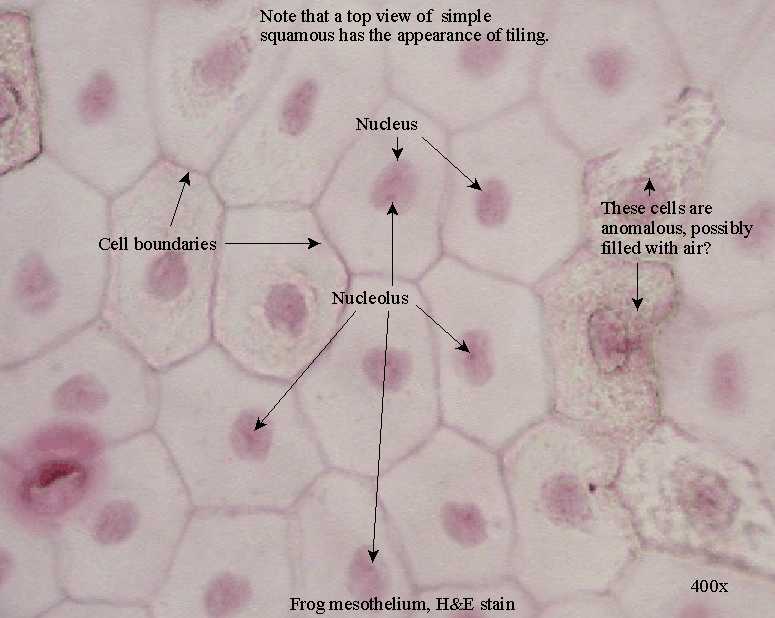
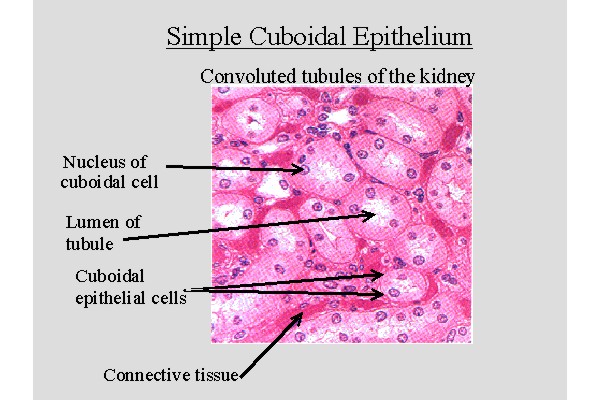
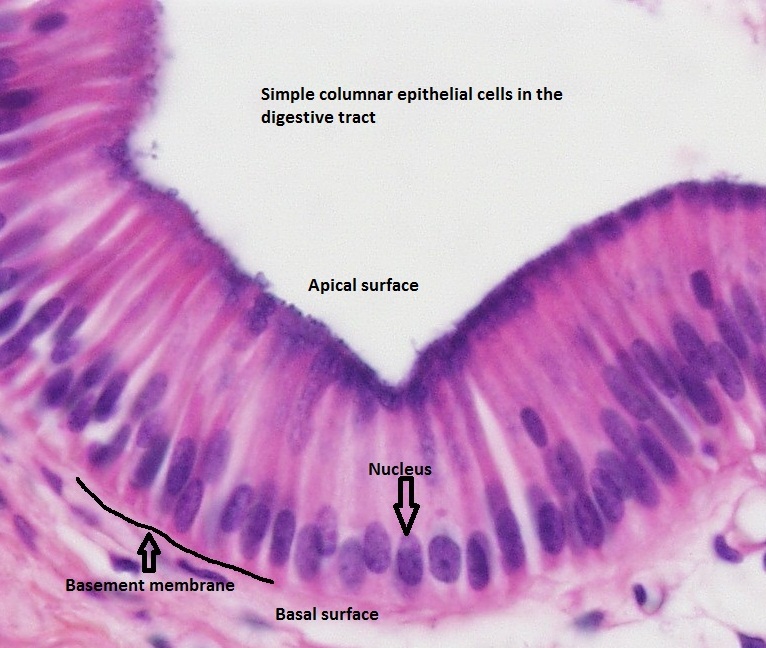
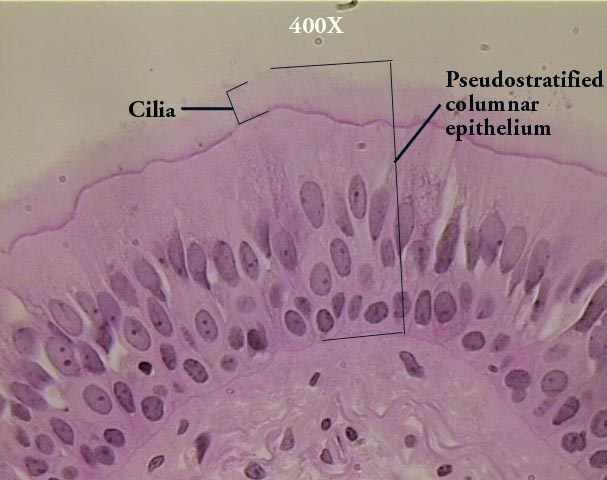
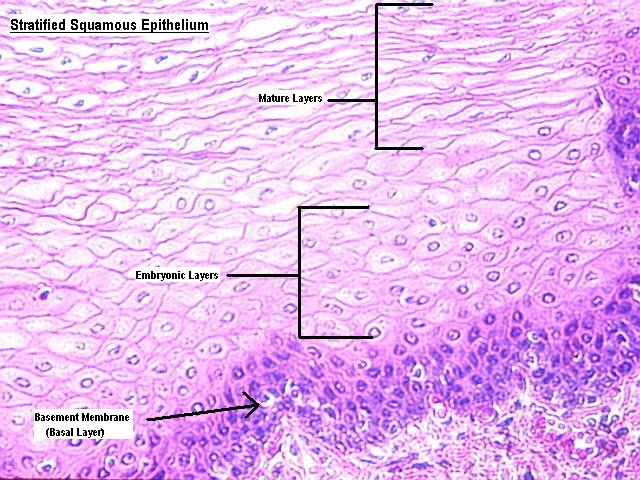
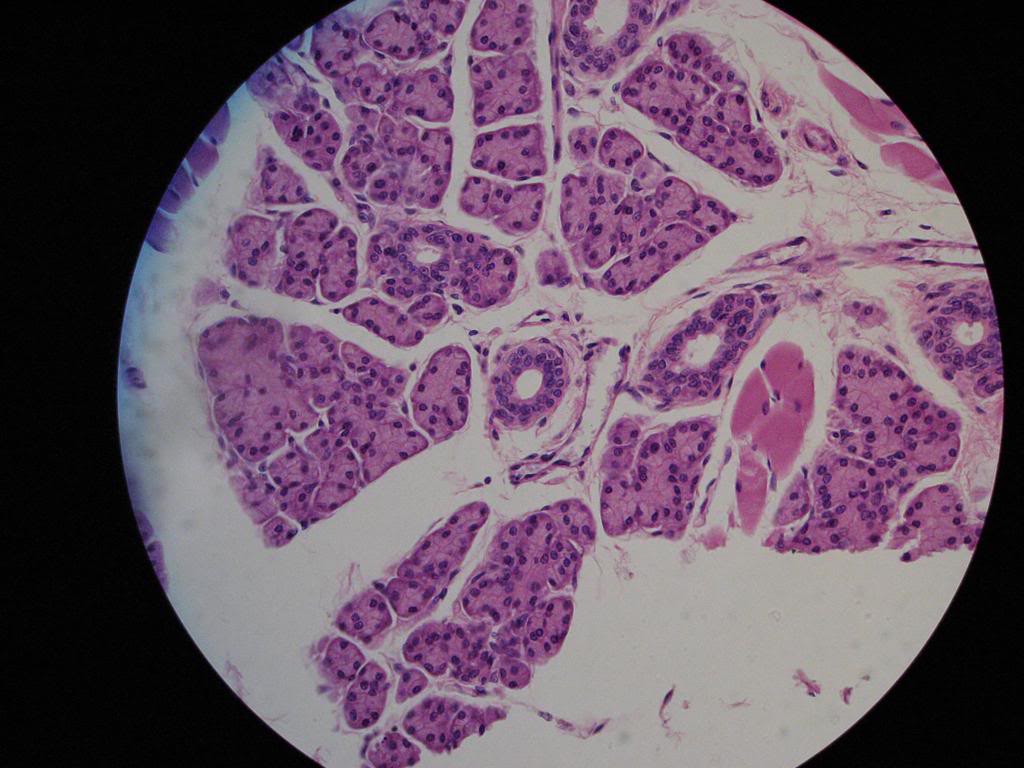
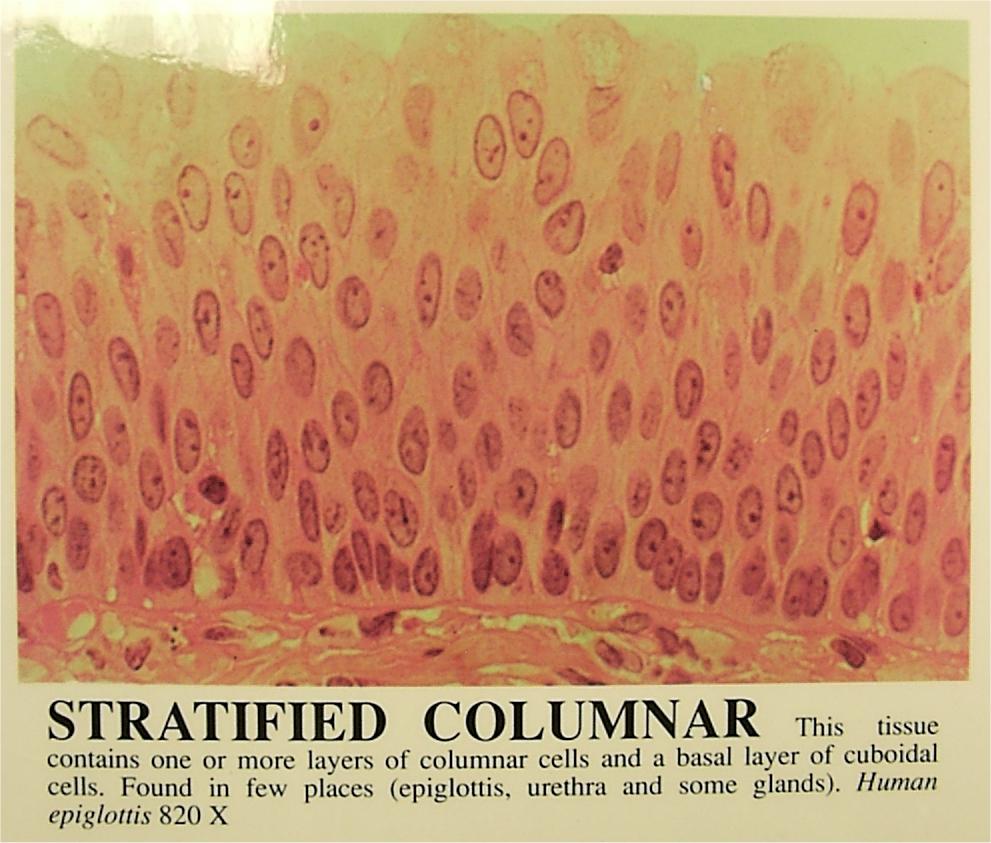
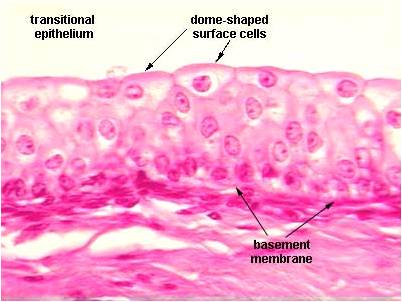
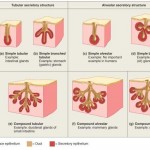

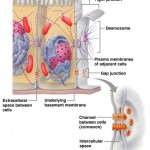
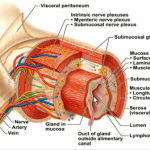
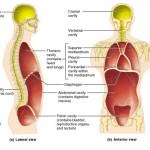
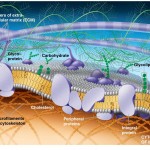
No hay comentarios:
Publicar un comentario